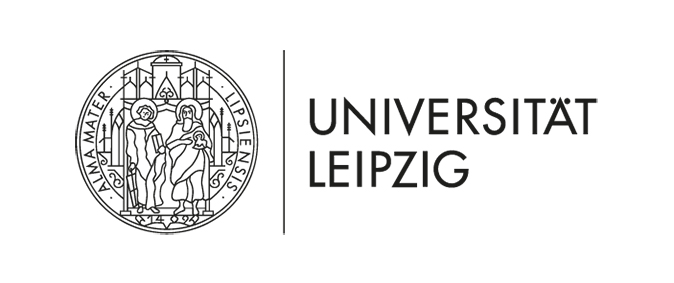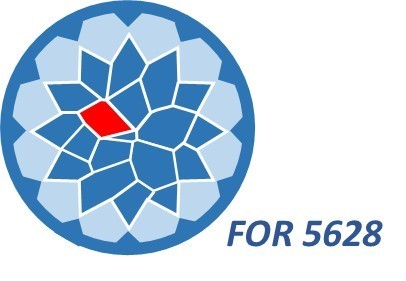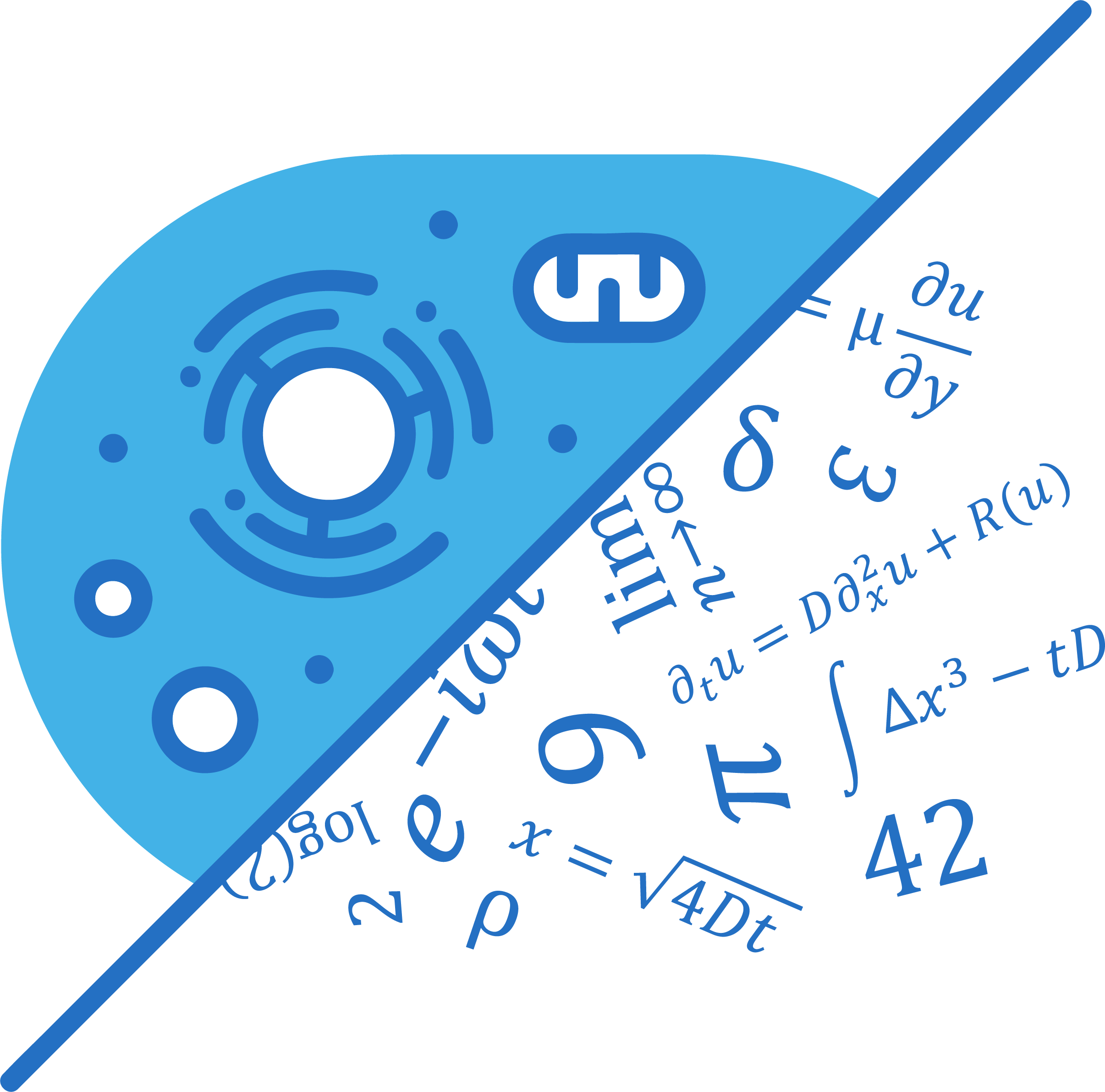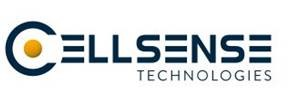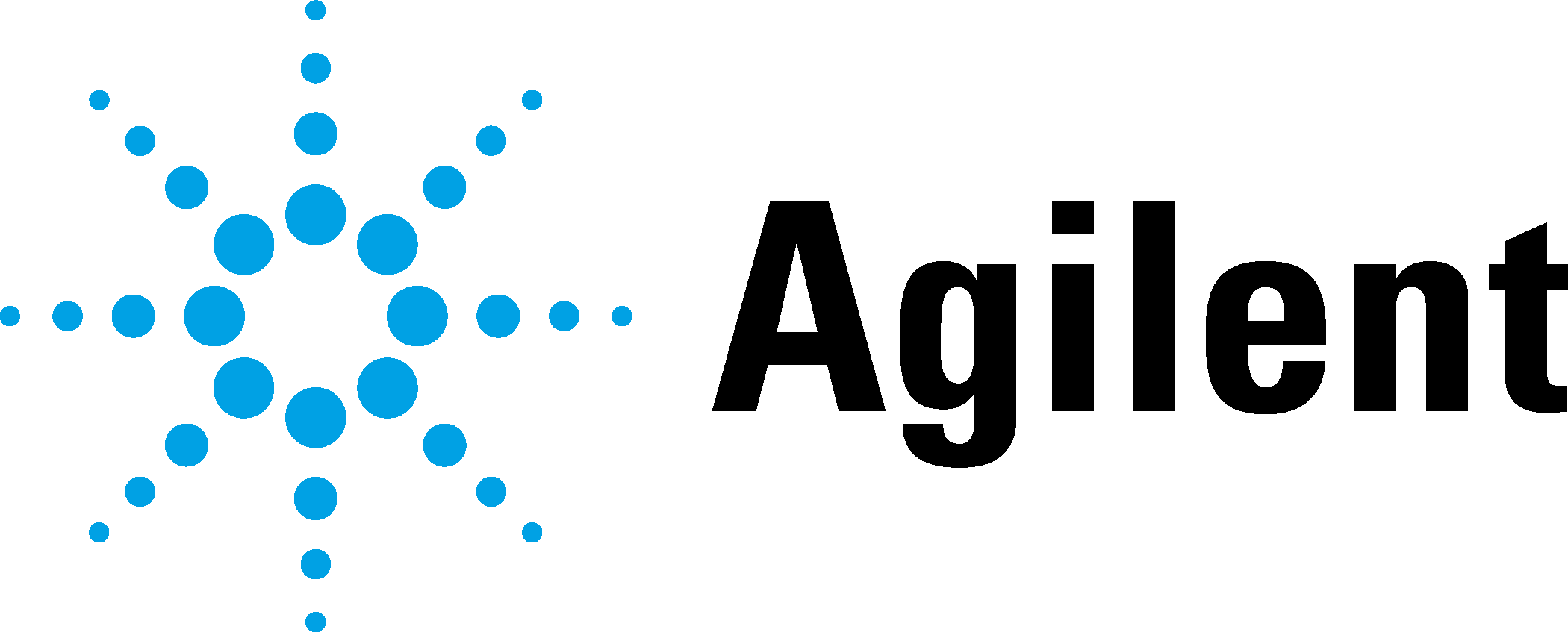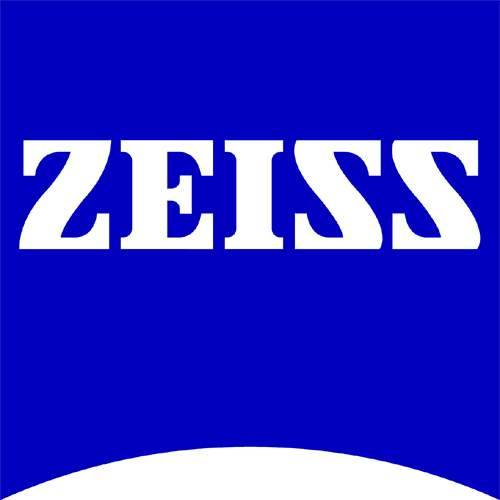|
15th Annual Symposium Physics of Cancer Leipzig, Germany Sept. 30 - Oct. 2, 2024 |
PoC - Physics of Cancer - Annual Symposium | |||||||||||||||||||||
|
|
Contributed Talk
Self organisation of invasive breast cancer driven by the interplay of active and passive nematic dynamics
Contact:
Uncontrolled proliferation results in initially non-invasive cancer lesions that are held back by a highly cross-linked layer of extracellular proteins. Invasive cancer breaches this basement membrane and invades the surrounding tissue, ultimately leading to metastasis. Mechanically, these processes are not well understood.
Through clinical histology slides and mechanical measurements we show that the extracellular matrix (ECM) can be described as a passive, viscoelastic, nematic phase driven by the active cancer clusters. Invasive cancer can thus be described by active instabilities, which occur when the active mechanical stresses are comparable to the mechanical resistance of the ECM. Our results indicate that the relevant activity for cluster dynamics is cell motility and not cell proliferation. Via Lattice-Boltzmann simulations we show that the active instabilities result in characteristic distributions of cluster sizes and cluster shapes also clinically observed. Topological defects are an essential additional signature of cancer activity in the ECM as they indicate substantial local distortions from a nematic phase. Overall, our findings suggest that active forces can explain the self-organization that leads to the characteristic structure in invasive breast cancer lesions and the ECM around them. |
